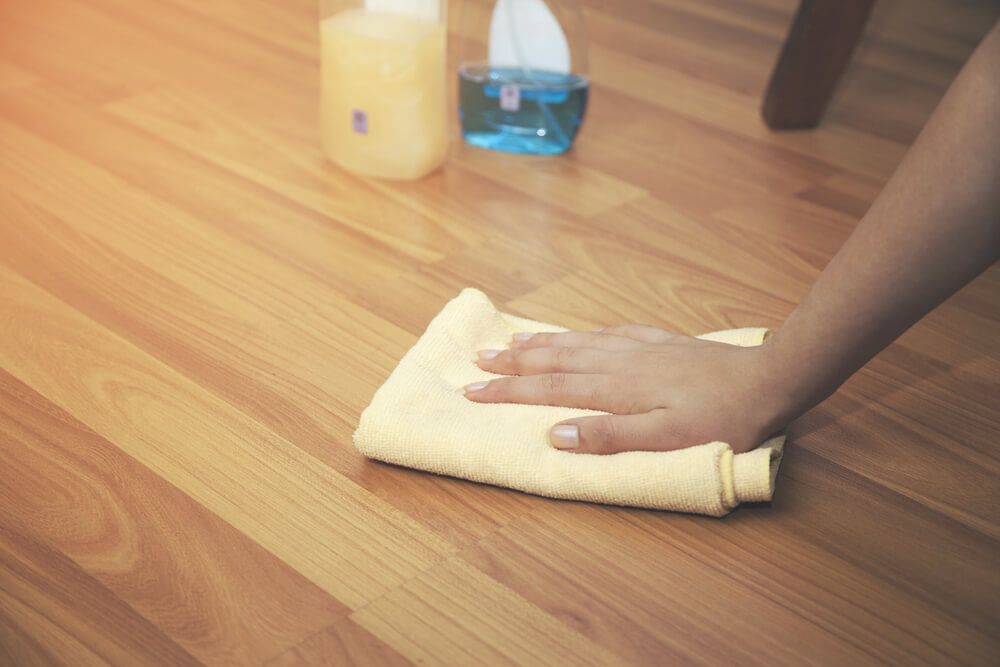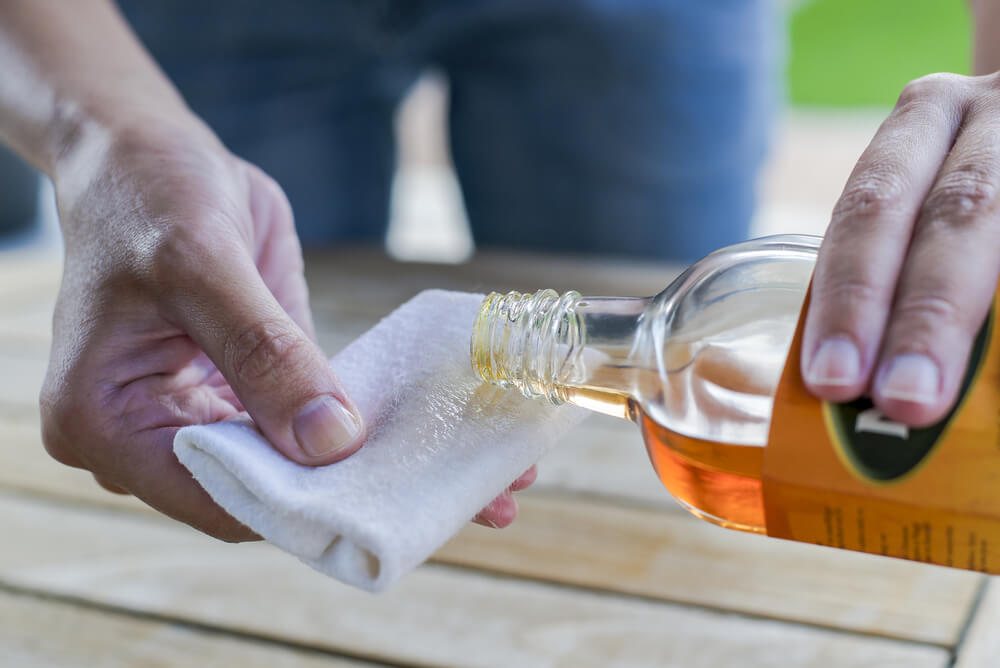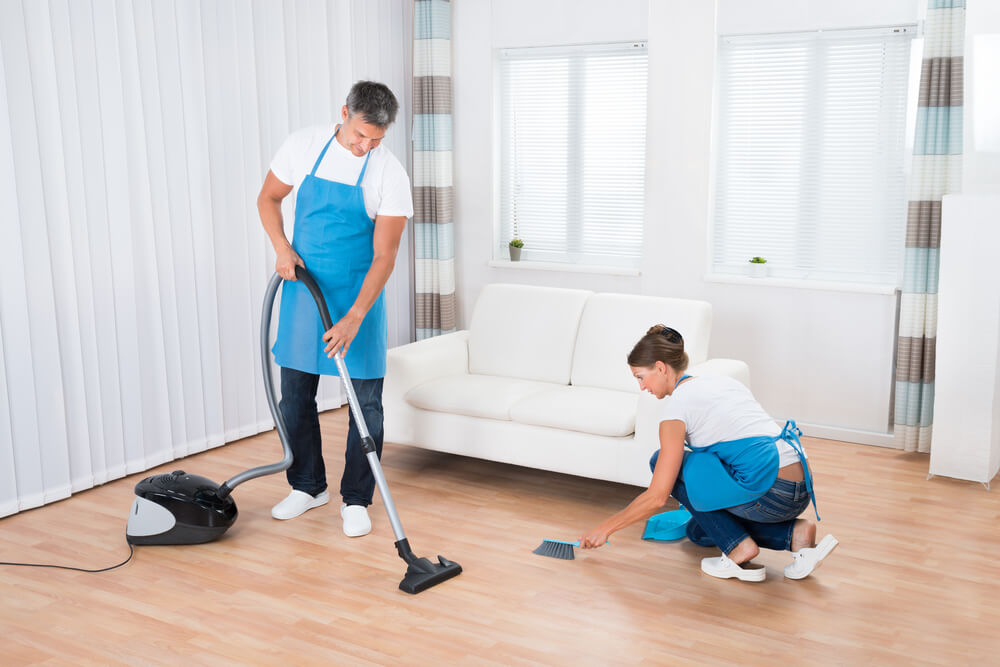Wooden floors add timeless beauty and warmth to any home. To maintain their lifespan, knowing how to protect hardwood floors is essential. In this ultimate guide, we will explore effective techniques and tips for protecting your hardwood floors. Whether you’re a new or experienced homeowner, this article will provide valuable insights into hardwood floor protection.
If you need professionals to help you find the best solution for your home, come to Triad Flooring and Bath. We’re the best when it comes to hardwood flooring installation in Greensboro, NC.
How to Protect Hardwood Floors

Regular Cleaning
The foundation of hardwood floor protection lies in regular cleaning. Dust, dirt, and debris can act as abrasives and cause scratches. To prevent this, make sure to sweep or vacuum your floors daily. Use a soft-bristled broom or a vacuum with a hardwood floor attachment to avoid any damage. Additionally, consider using microfiber mops or damp mopping with a pH-neutral hardwood floor cleaner to remove stubborn dirt without leaving residue.
Preventive Measures
Prevention is key when it comes to protecting hardwood floors. Implement the following preventive measures to minimize potential damage:
- Place doormats at entryways to trap dirt and moisture from shoes. Encourage family members and guests to wipe their feet thoroughly before entering the house.
- Use protective pads or furniture coasters under heavy furniture to prevent scratches and indentations. Ensure these pads are regularly checked and replaced if worn out.
- Trim your pet’s nails regularly to prevent scratches on the floor surface. Consider using pet-friendly nail covers to provide an extra layer of protection.
- Use area rugs or runners in high-traffic areas to minimize wear and tear. These rugs not only add an aesthetic touch to your floors but also act as a barrier against foot traffic.
- Avoid wearing high heels or shoes with sharp objects on your hardwood floors. Opt for soft-soled shoes or slippers to reduce the risk of accidental scratches.
Moisture Control
Excessive moisture can cause significant damage to hardwood floors, such as warping and swelling. To protect against moisture-related issues:
- Wipe up spills immediately to prevent them from seeping into the wood. Use a soft cloth or paper towel and blot the spill gently without rubbing it.
- Use mats or rugs in areas prone to water exposure, like kitchens and bathrooms. Ensure these mats are absorbent and regularly cleaned to avoid trapping moisture.
- Control humidity levels in your home with a humidifier during dry seasons and a dehumidifier during humid seasons. Maintaining a relative humidity level of around 40-50% is ideal for hardwood floors.
- Avoid using excessive water when cleaning your hardwood floors. Instead, use a slightly damp mop or microfiber cloth to prevent water from seeping between the planks.
Protective Finishes

Applying protective finishes can provide an extra layer of defense for your hardwood floors. Consider the following options:
- Polyurethane: This popular finish forms a durable, protective layer on the wood surface, guarding against scratches and stains. It is available in various sheen levels, from matte to high gloss.
- Wax: Wax finishes provide a traditional look and create a protective barrier, but they require more maintenance and periodic reapplication. They can add a rich, warm glow to your floors.
- Oil-based finishes: These finishes penetrate the wood, enhancing its natural beauty while providing protection. They are easy to maintain and offer good resistance against wear and tear.
Regular Maintenance
Proper maintenance is crucial to preserving the longevity of your hardwood floors. Regularly inspect your floors for any signs of damage or wear and address them promptly. Look out for scratches, dents, or areas where the finish has worn off.
Recoat or refinish your floors when necessary to rejuvenate their appearance and maintain protection. This process involves lightly sanding the existing finish and applying a fresh coat. Finally, use manufacturer-recommended hardwood floor products and methods to avoid damaging the finish or the wood.


